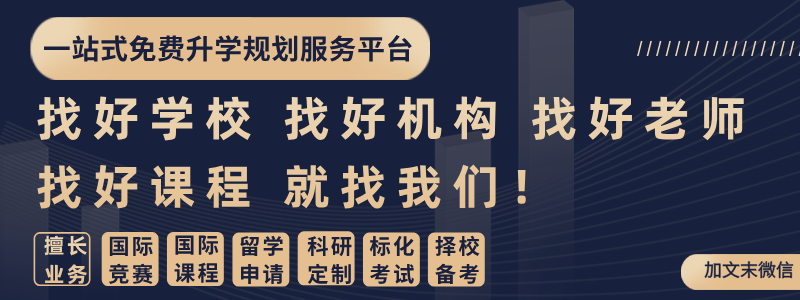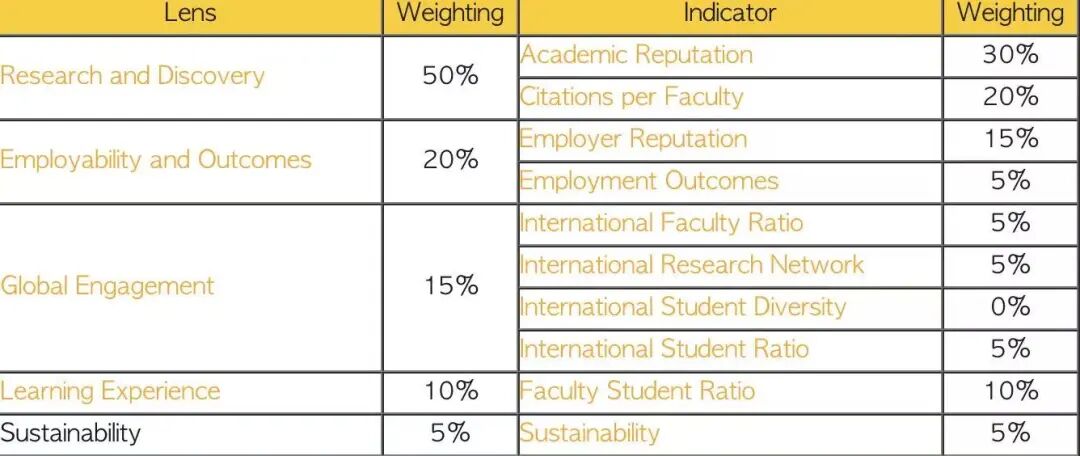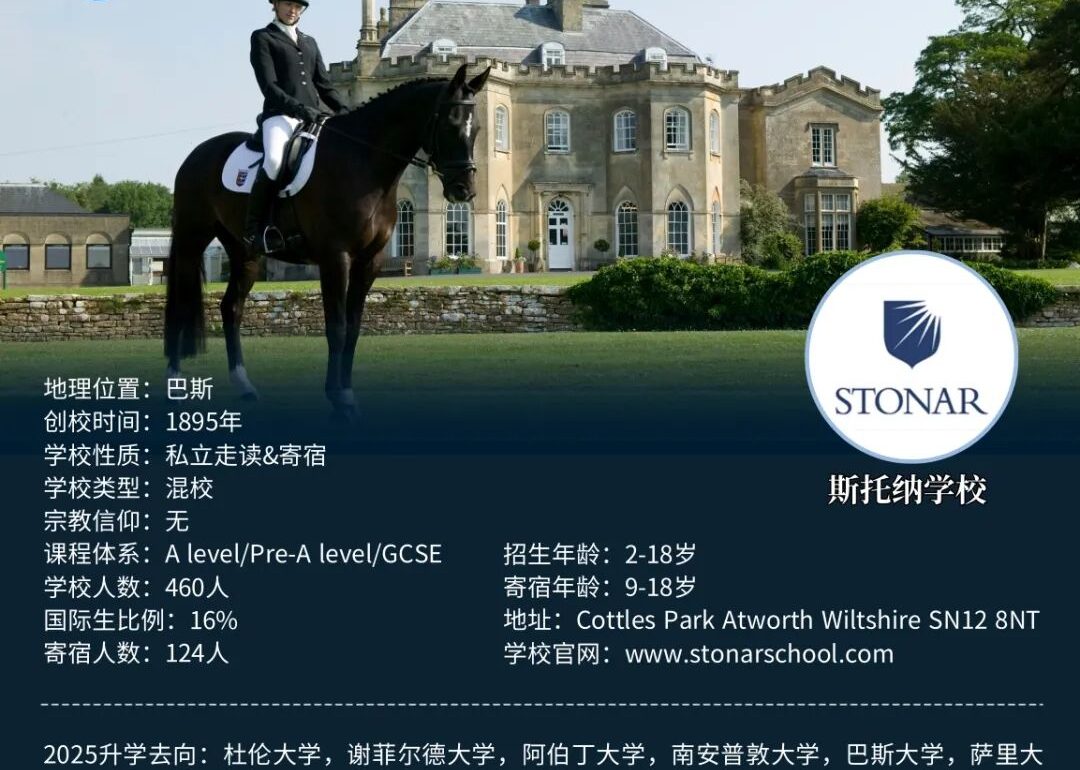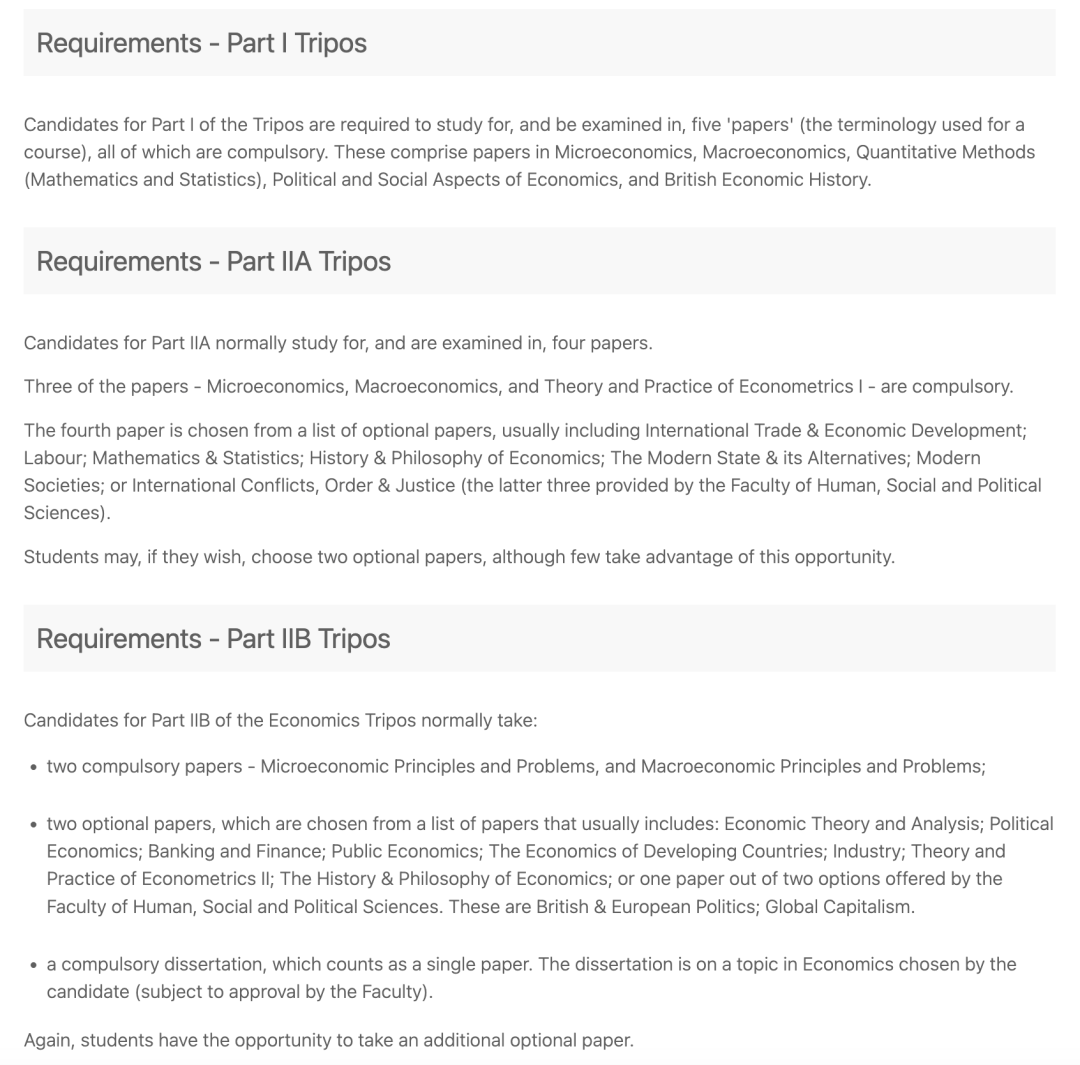WSC Weekly
2025世界学者杯
the World Scholar's Cup
@WSC小学者们!Jerry喊你来看
WSC Weekly专栏啦!
2025年度主题:重燃未来
Reigniting the Future
WSC Weekly专栏将精选最新话题内容
助力小学者准备世界学者杯!
让我们怀着
永恒的学术精神与信念
探索未来的无限可能吧!
锁定每周WSC Weekly
在2025年世界学者杯第31期WSC Weekly栏目中,我们与小学者一起了解了安提基特拉机械如何作为世界上第一台模拟计算机,以其精密的齿轮系统改写了我们对古代科技水平的认知。在上期的趣味Quiz中,你是否找到了正确答案?现在就让我们一起来揭晓吧!
最古老的计算机居然在2000多年前就被发明了?
The Antikythera Mechanism: The World’s First Computer
第31期Quiz答案揭晓:
Someone studying the Antikythera Mechanism is LEAST likely to encounter which of the following concepts?
研究安提基特拉机械装置的人最不可能遇到以下哪个概念?
A. tomography 断层扫描术
B. solar terms 节气
C. lunar eclipses 月食
D. saros 沙罗周期
E. Metonic cycle 默冬周期
正确答案:B
Key: B
2025年第32期
Weekly Intro
你是否曾在半梦半醒间获得灵感?这种朦胧状态是意识的瑕疵还是创造力的源泉?
本期Weekly将带你探索入睡前幻觉的神秘世界,揭开睡眠边缘的创意密码,一起来看看吧!
2025 No.32
人在半睡半醒的时候会更有创造力?
How the Edge of Sleep Fuels Human Creativity
意识与睡眠的边境
你是否有过这样的经历:在快要入睡时,脑海中掠过的一些奇异而生动的画面,这些画面好像是清醒思绪,但是又仿若梦境。这种介于梦境和清醒之间的朦胧状态被称为入睡前幻觉(Hypnagogia),它是意识与睡眠之间的过渡阶段。在这一阶段,我们的大脑自由游走,逻辑思维的控制力减弱,为灵感的闪现创造了理想环境。科学家们长期以来对这种心理的“暮光地带”充满兴趣,常称之为“创造力的理想点”。2021年,巴黎脑科学研究所的一项研究发现,在睡眠初期(即N1阶段)被唤醒的人,解决创造性问题的概率是清醒者的三倍。
Have you ever noticed the strange and vivid imagery that flickers through your mind as you drift off to sleep — a mix of dreams and waking thoughts?That hazy, in-between state is called hypnagogia, a phase that bridges consciousness and sleep.During hypnagogia, our minds wander freely while logic loosens its grip, creating the perfect environment for flashes of insight. Scientists have long been intrigued by this mental twilight, often describing it as a “sweet spot for creativity.” In a 2021 study at the Paris Brain Institute, researchers found that people awakened during early sleep — the so-called N1 stage — were three times more likely to solve creative problems than those who remained fully awake.
梦境中的科学突破
历史上一些伟大的突破便诞生于这种半梦半醒的状态。19世纪的化学家凯库勒(August Kekulé)曾打盹入睡,梦见一条蛇咬住自己的尾巴,从而灵感突现,构想出苯分子的环状结构。爱迪生(Thomas Edison )和爱因斯坦(Albert Einstein)据说也曾故意利用入睡前幻觉激发创意:他们在打盹时手握物体,一旦进入这个创造力高峰区,物体坠落发出的声音便会将他们唤醒。作家弗拉基米尔·纳博科夫(Vladimir Nabokov)曾描述自己在昏昏欲睡时听到“片面的对话”,而不少音乐家和艺术家也从这种幻觉中获得灵感。这些体验虽然短暂,却极具力量。它们为我们揭示了创造力的原始过程,一个逻辑松弛、想象力活跃的窗口。
Some of history’s greatest breakthroughs have emerged from this fleeting state between sleep and wakefulness.The 19th-century chemist August Kekulé famously envisioned the ring structure of benzene after dozing off before his fireplace and seeing a snake devour its own tail. Likewise, Thomas Edison and Albert Einstein are said to have used hypnagogia deliberately to spark ideas— napping while holding an object that would fall and wake them just as their minds entered that creative zone. Writers like Vladimir Nabokov described “one-sided conversations” heard during drowsiness, while musicians and artists have drawn inspiration from hypnagogic visions and sounds. These experiences are fleeting but potent — brief windows into the mind’s raw creative process, where logic relaxes and imagination thrives.
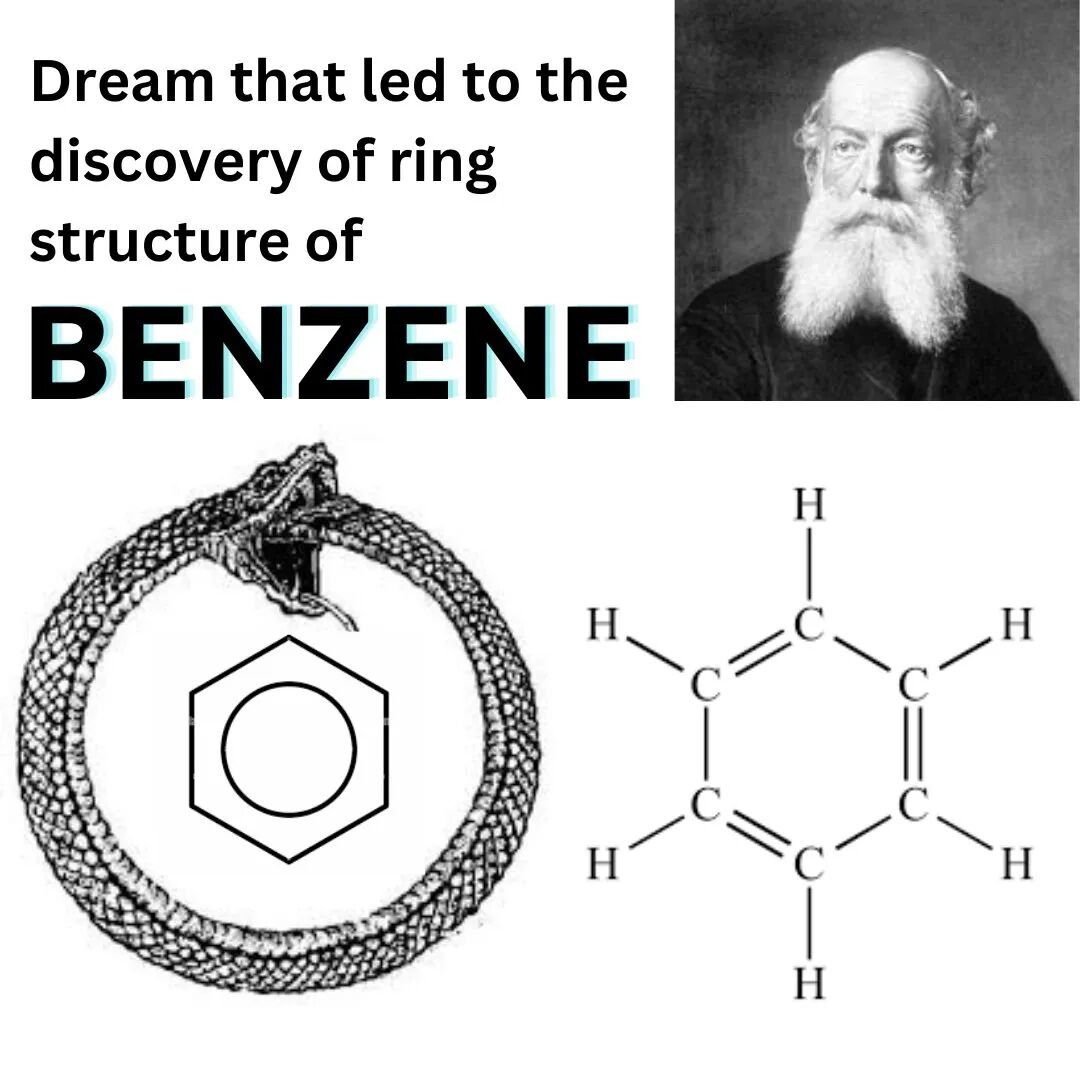
大脑的混合状态
脑部成像研究显示,入睡前幻觉是一种介于清醒与做梦之间的奇特混合状态。在脑电图(EEG)上,这一阶段的电活动与以梦境著称的快速眼动睡眠(REM sleep)极为相似。此时,大脑中负责图像解读的次级视觉皮层高度活跃,尽管眼睛闭着,但人们依旧会“看到”面孔、颜色与声音,就好像它们从内心投影出来一般。心理学家迪尔德丽·巴雷特(Dierdre Barrett )将这种状态称为“隐秘的REM”,在这种状态下,梦境般的图像与清醒意识交融,人们可以观察甚至影响自己的微型梦境。与深度睡眠不同的是,入睡前幻觉保留了部分自我意识和理性判断的能力,因此在创造力与控制力之间达到了罕见的平衡。
Brain imaging reveals that hypnagogia is a fascinating hybrid of wakefulness and dreaming.On an electroencephalogram (EEG), electrical activity during this stage closely resembles that of REM sleep, known for its vivid dreams and rapid eye movements. The secondary visual cortex, which interprets and gives meaning to images, becomes highly active, even though the eyes are closed. This activity helps explain why hypnagogic imagery can feel so real — faces, colors, and sounds appear as though projected from within.Psychologist Dierdre Barrett describes hypnagogia as “covert REM,” a state where dreamlike imagery merges with conscious awareness, allowing people to observe and even influence their own microdreams. Unlike deep sleep, however, the hypnagogic mind still maintains fragments of self-awareness and reasoning, giving it a rare balance of creativity and control.
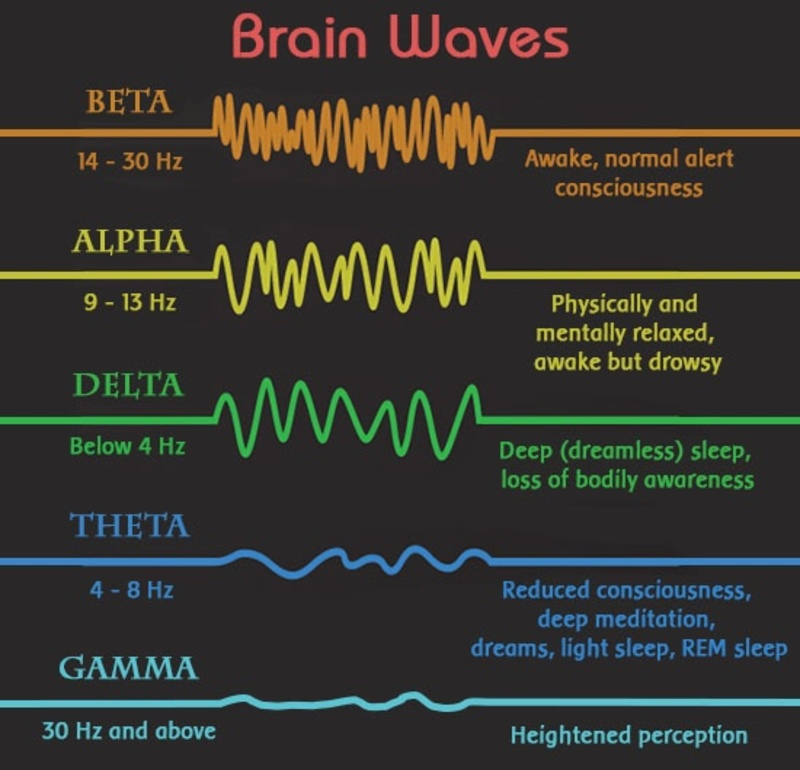
梦境的可控引导
近年来,研究者开始以更系统的方式研究入睡前幻觉,不仅将其视为心理奇观,也将其作为提升创造力的工具。在MIT媒体实验室,研究员亚当·霍洛维茨(Adam Haar Horowitz)及其团队研发了一种名为Dormio的手套式装置,它可追踪睡眠初期的生理信号,并通过录音提示引导梦境内容。这一技术被称为“目标梦境孵化”(targeted dream incubation),已被证明能显著提高创造力。在MIT与哈佛医学院于2020–2021年进行的一项系列实验中,研究人员要求参与者在入睡时“梦见一棵树”,这些人之后创作出的故事与创意在新颖性上比清醒组高出78%。研究人员指出,入睡前幻觉使大脑能够在遥远概念之间建立非寻常的联系,这是创造性思维的关键特征。
In recent years, researchers have begun to study hypnagogia scientifically — not just as a curiosity but as a tool for creative enhancement. At the MIT Media Lab, researcher Adam Haar Horowitz and his team developed a glove-like device called Dormio, which tracks physiological signals during early sleep and plays recorded prompts to guide dream content.This technique, known as targeted dream incubation, has been shown to increase creativity dramatically.In a 2020–2021 series of experiments conducted by MIT and Harvard Medical School, participants instructed to dream about a specific topic — like a tree — created stories and ideas about that topic that were up to 78% more original than those from participants who stayed awake. The researchers concluded that hypnagogia allows the brain to form unusual associations between distant concepts, a key hallmark of creative thought.
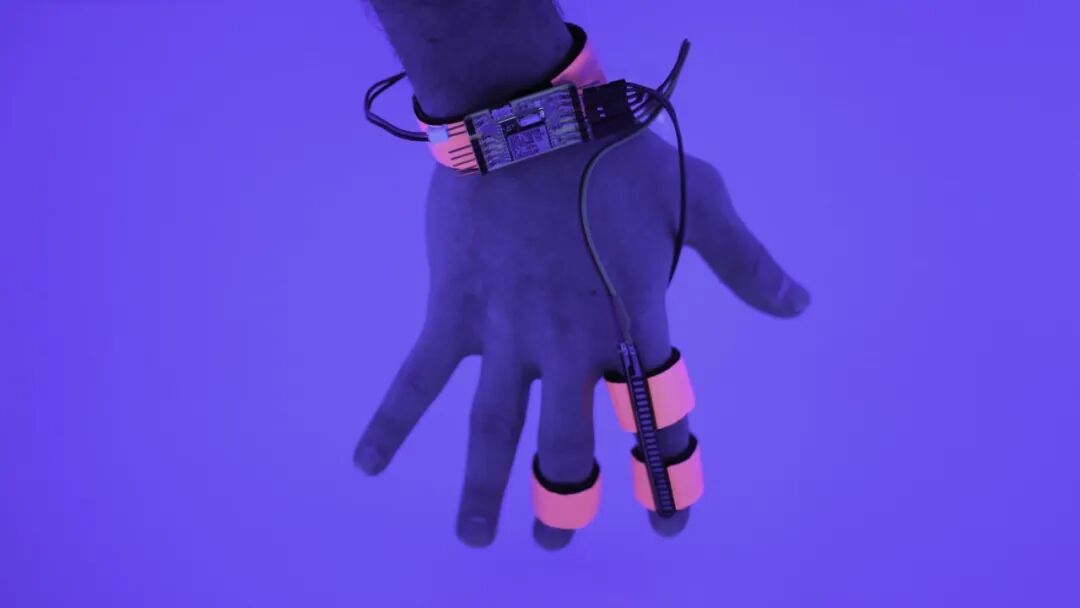
潜在的疗愈力量
除了增强创造力,入睡前幻觉也被用于探索治疗潜能。由于此状态允许人们观察甚至影响自己的梦境,科学家正在研究它对噩梦障碍、创伤后应激障碍(PTSD)以及失眠的潜在帮助。借助Dormio等梦境孵化工具,参与者可以逐渐获得对梦境内容的控制力,这种能力被称为“梦境自我效能感”(dream-related self-efficacy)。心理学家希望,通过帮助人们掌控梦境,可以改善情绪、缓解焦虑并打破痛苦的噩梦循环。这种被研究者称为“梦境工程”(dream engineering)的技术,有望成为连接神经科学与心理疗愈的新桥梁,把睡眠空间变成创新与治愈的场所。
Beyond creativity, hypnagogia is being explored for its therapeutic potential. Because it allows people to observe and even influence their dreams, scientists are investigating how hypnagogic techniques might help individuals with nightmare disorders, post-traumatic stress, or insomnia.By using dream incubation tools like Dormio, participants learn to gain a sense of agency over dream content — a phenomenon known as dream-related self-efficacy.Psychologists hope that by giving people control over their nocturnal experiences, it may improve mood, reduce anxiety, and alleviate distressing dream cycles. This form of “dream engineering,” as researchers call it, could bridge neuroscience and therapy, using sleep as a space for healing as well as invention.

理性与想象的边界
睡眠研究者罗莎琳德·卡特赖特曾称人类大脑是“一台24小时不停运转的思维机器”。而入睡前幻觉正是对此的完美印证。它让我们一窥大脑如何持续建立联系,只是方式有所不同。即使只是短暂地停留在这一状态,也是在理性与想象的边界上驻足,在那里,梦开始萌芽,创意悄然诞生。所以,下次当你感觉做着数学题感觉自己快要睡着时,不妨顺其自然。在身边准备好一个笔记本,也许解开难题的灵感,也许就会出现在你的大脑半沉入梦境的那恍惚的瞬间。
Sleep researcher Rosalind Cartwright once called the human brain a “24-hour thinking machine.” Hypnagogia proves her right. It is a glimpse of a mind that never stops making connections—only shifting how it makes them.To linger there, even briefly, is to stand at the border between reason and imagination, where dreams begin and ideas are born. So the next time you do your math homework and feel yourself drifting off, don’t fight it. Keep a notebook nearby. Your inspiration for solutions might appear in that instant before you truly fall asleep, when the mind half in shadow starts to dream its way toward discover。
Weekly关键词 Key Words►
hypnagogia 入睡前幻觉
REM sleep 快速眼动睡眠
所属话题
The Generative Area: A Mind for Imagination
相关阅读
https://magazine.hms.harvard.edu/articles/behind-veil-hypnagogic-sleep
https://news.mit.edu/2023/sleep-sweet-spot-dreams-creativity-0515
Weekly FUN Quiz
相信现在你已经知道了入睡前幻觉如何成为连接清醒与睡眠的神秘通道,并在其中孕育出惊人创造力与疗愈潜能了吧!那就快来参与本期Weekly FUN Quiz👇,告诉老师你的答案吧!
Quiz
Which of the following phenomena is LEAST associated with hypnagogia?
下列哪种现象与入睡前幻觉关联性最小?
A. lucid dreaming 清醒梦
B. low-voltage random brain waves 低振幅随机脑波
C. secondary visual cortex 次级视觉皮层
D. dream engineering 梦境操控
E. hypnosis 催眠
To WSC Scholars:
本期Weekly Quiz正确答案将在专栏下期推文中揭晓!欢迎小学者们关注服务号,进入“WSC Weekly”专栏,此栏目将会持续陪伴小学者们,分享更多WSC趣味学术知识!


